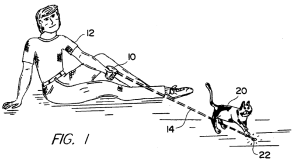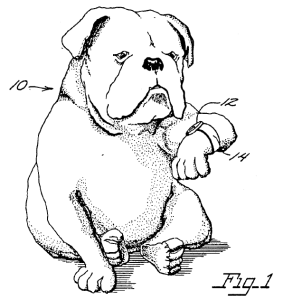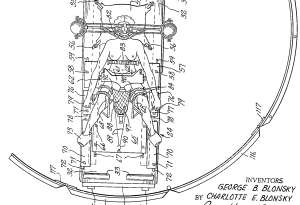 What is going on here? A guy with a tube, sucking on a toilet? Yes, that’s exactly what’s going on. Stick with me and I’ll explain why you might actually want to do this yourself given the right situation.
What is going on here? A guy with a tube, sucking on a toilet? Yes, that’s exactly what’s going on. Stick with me and I’ll explain why you might actually want to do this yourself given the right situation.
Why would I ever want to suck out of a toilet?
Imagine this: you’re staying in an upper floor of a high-rise hotel and a fire breaks out. Unfortunately, you are trapped in your room because of smoke and fire outside, and as in most hotels, the windows do not open. Smoke begins to fill the room, and you are quickly running out of air to breath. What do you do?
Plumbing that leads to sewer lines, including toilets, have a “gas trap” of standing water that prevents sewer gasses from leaking into a room. In the case of a smoke filled room, this works the opposite direction – the gas trap stops smoke from entering the sewer lines, which still have breathable air.
Gross. So I would be sucking on sewer gas?
Yes, sewer gas is extremely nasty as you can probably imagine, but when faced with imminent death due to smoke inhalation, beggars can’t be choosers. Luckily, the invention shown above in William Holmes’ U.S. patent 4,320,756 that issued in 1982 provides a solution to this. In addition to providing a tube that can snake through the gas trap and into the air in the sewer line, it also has a charcoal filter that makes heinous sewer gas taste like a warm spring day.
I initially came across this patent with the intention of including it in my series of “crazy patents” posts, but despite the hilarious drawings, the invention actually serves a legitimate purpose. That being said, there is a reason why this was never a standard-issue appliance in all hotel rooms and why travelers did not pack one of these as an essential item on all trips. A bit crazy, but a bit cool as well.
***
-
Don’t Have A Baby The Old Fashioned Way (#CrazyPatents)
-
Walk Your Snake, Bro (#CrazyPatents)
-
You Need The Auto-Petter (#CrazyPatents)
-
Crazy Patent on Exercising A Cat With A Laser (#CrazyPatents)
-
Wrist Watch For Dogs (#CrazyPatents)
 |
Want an insider’s guide to the patent process for entrepreneurs, startups and inventors?
|






